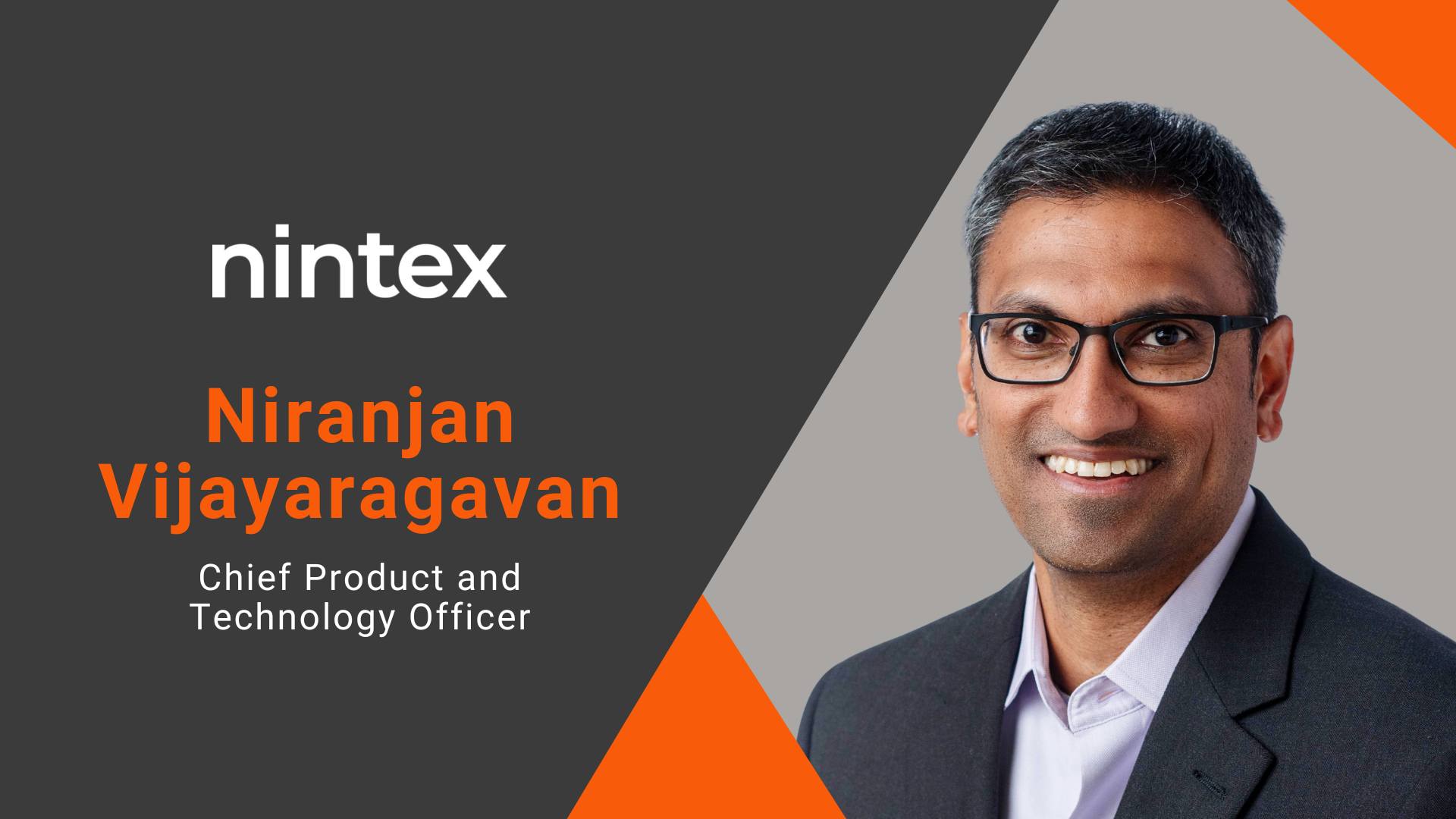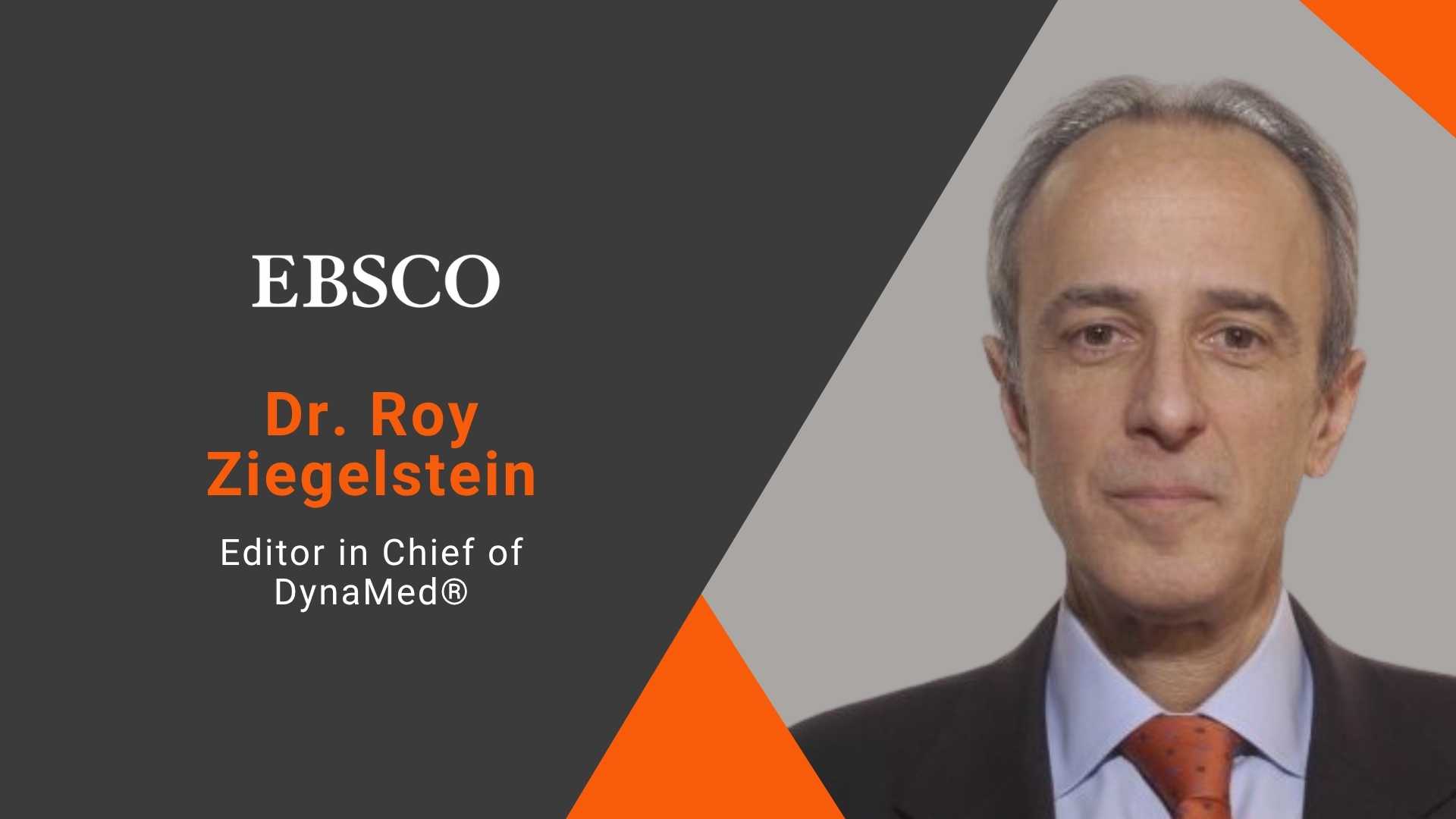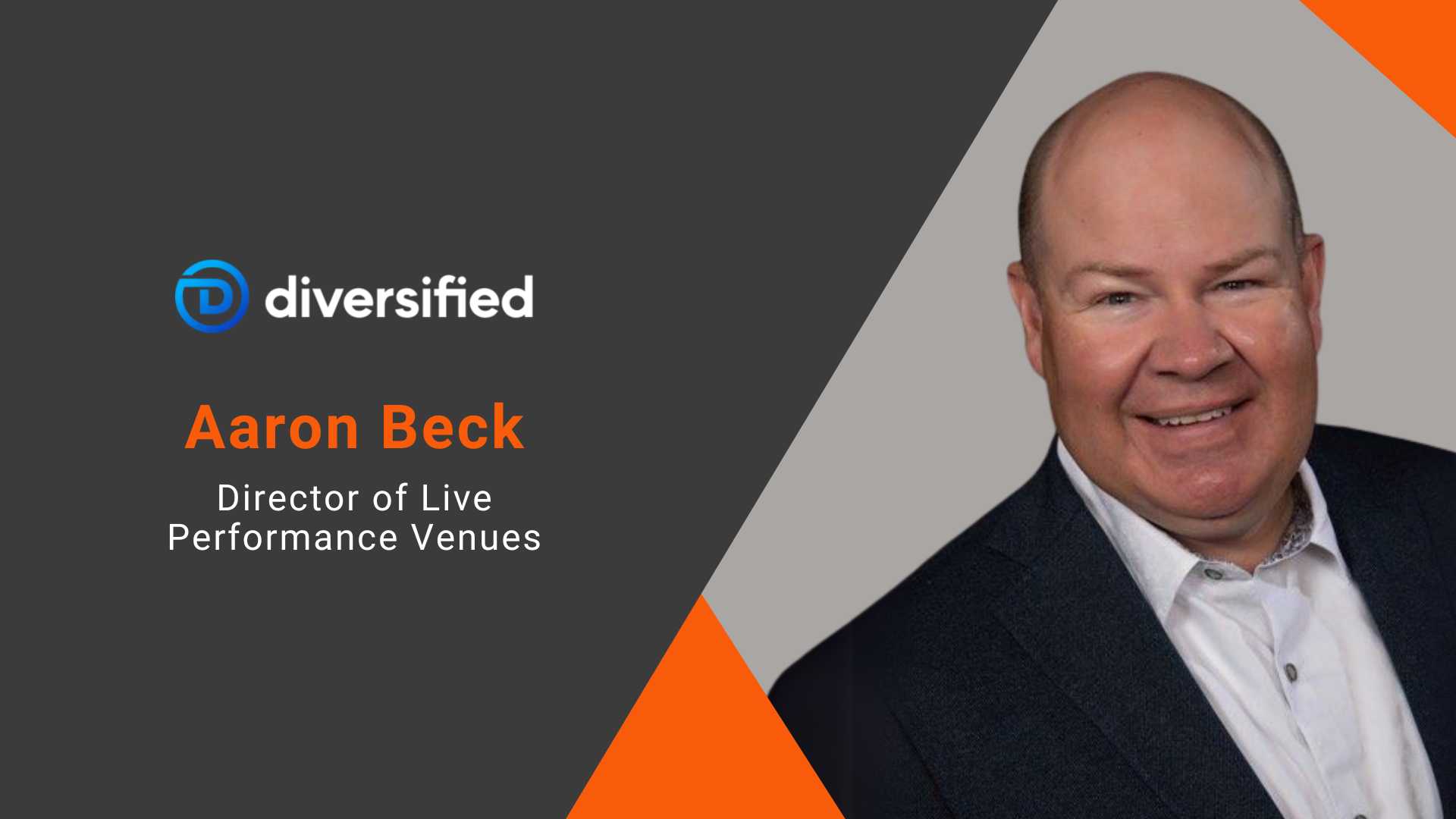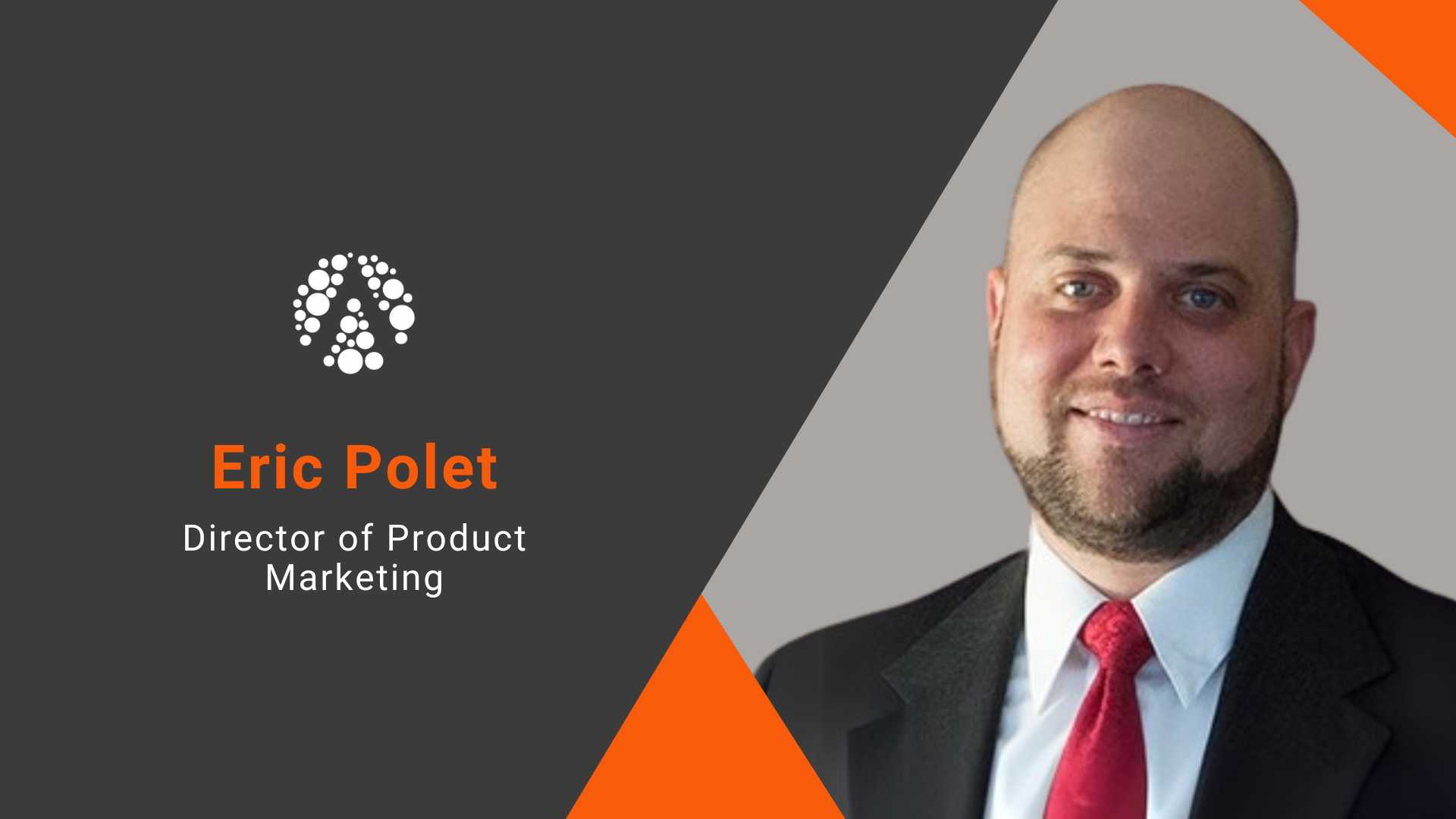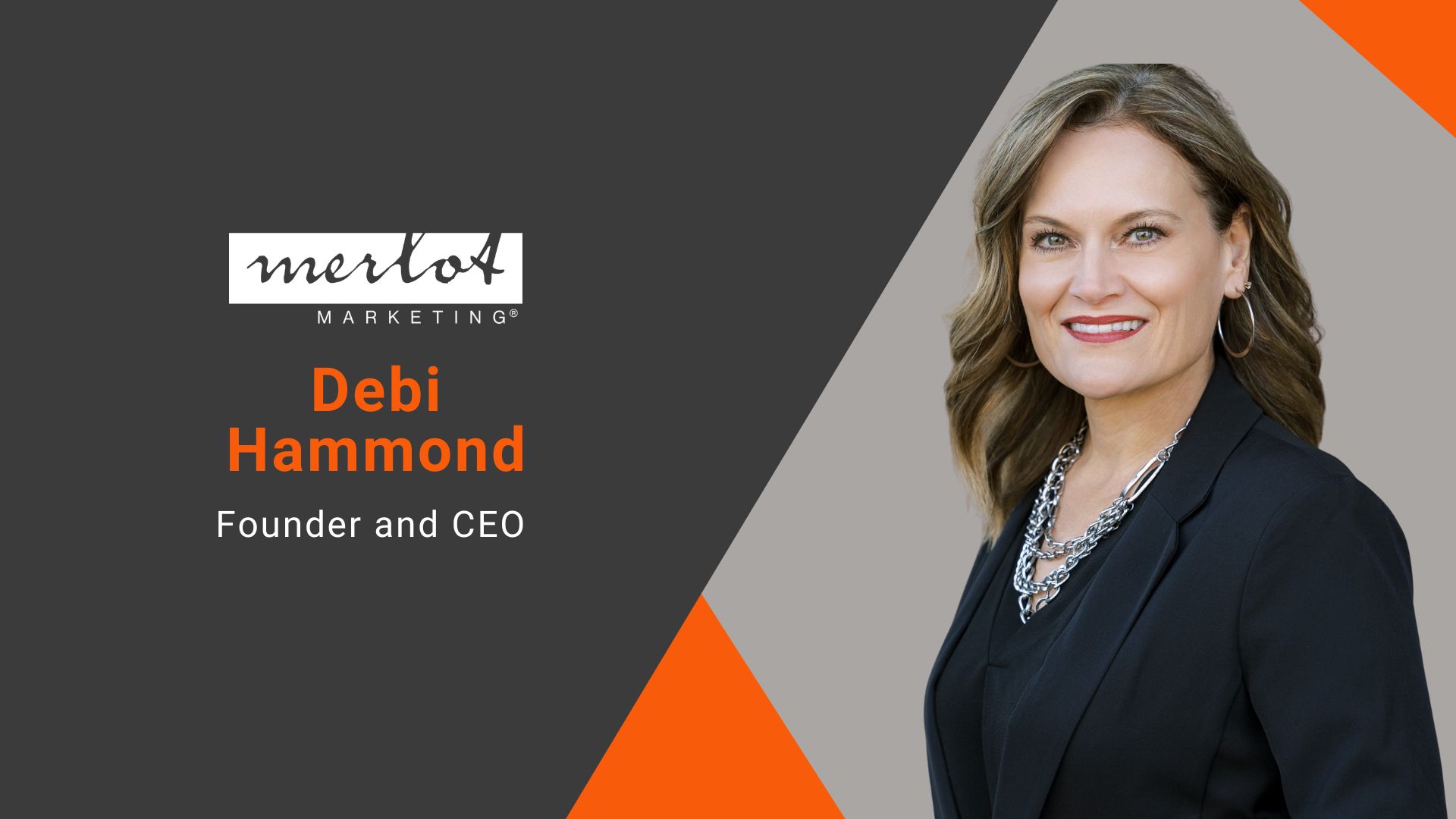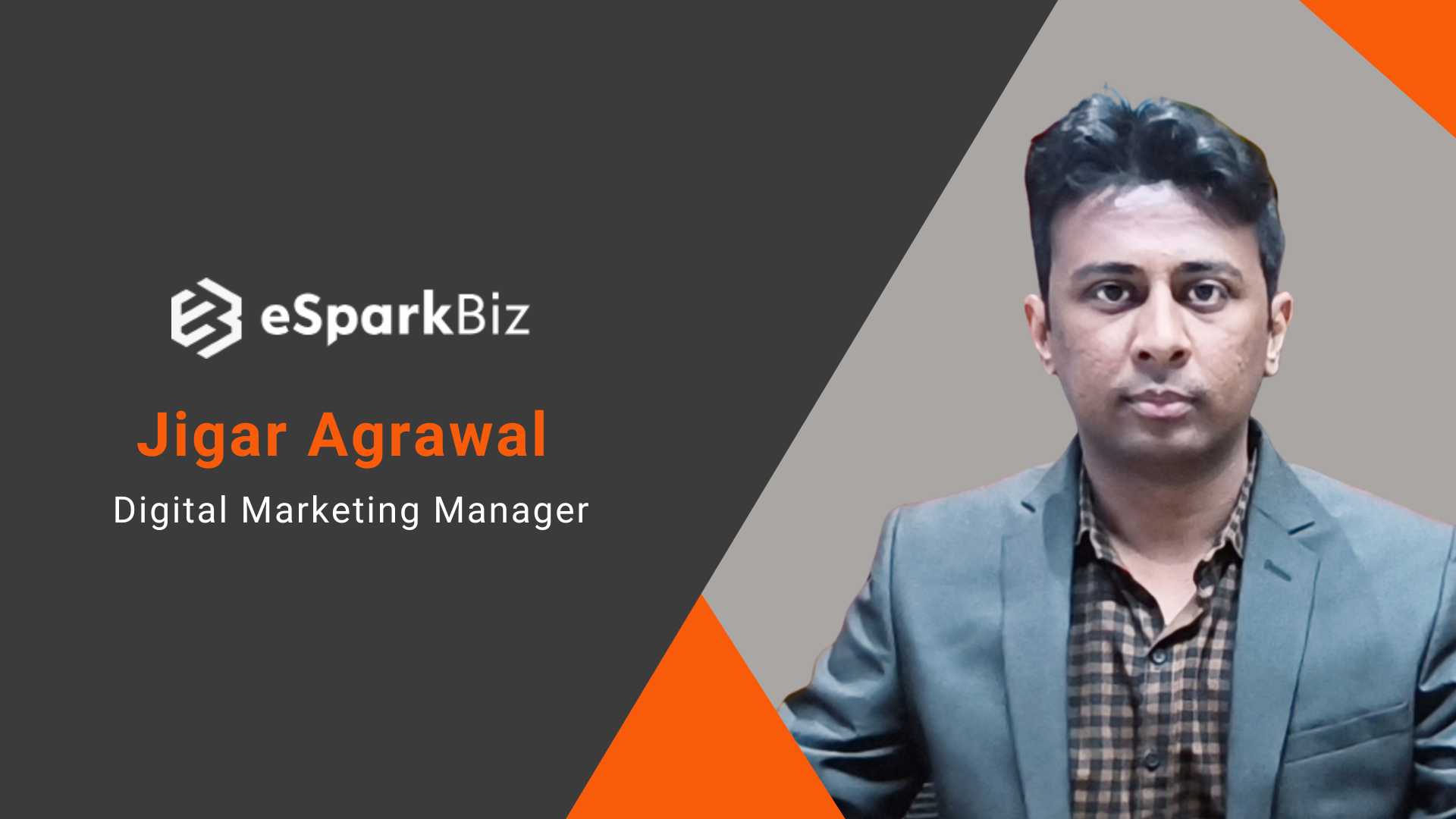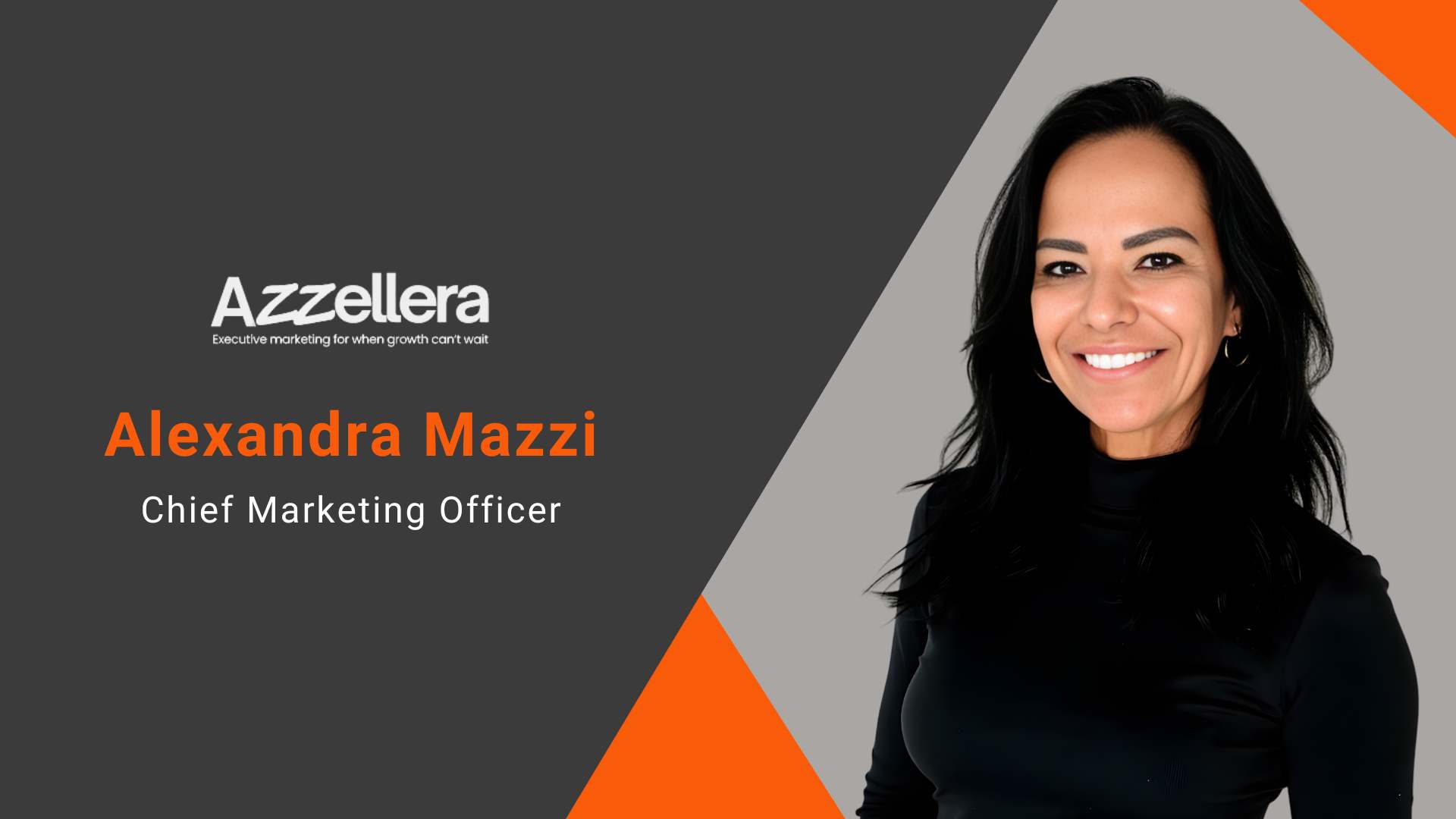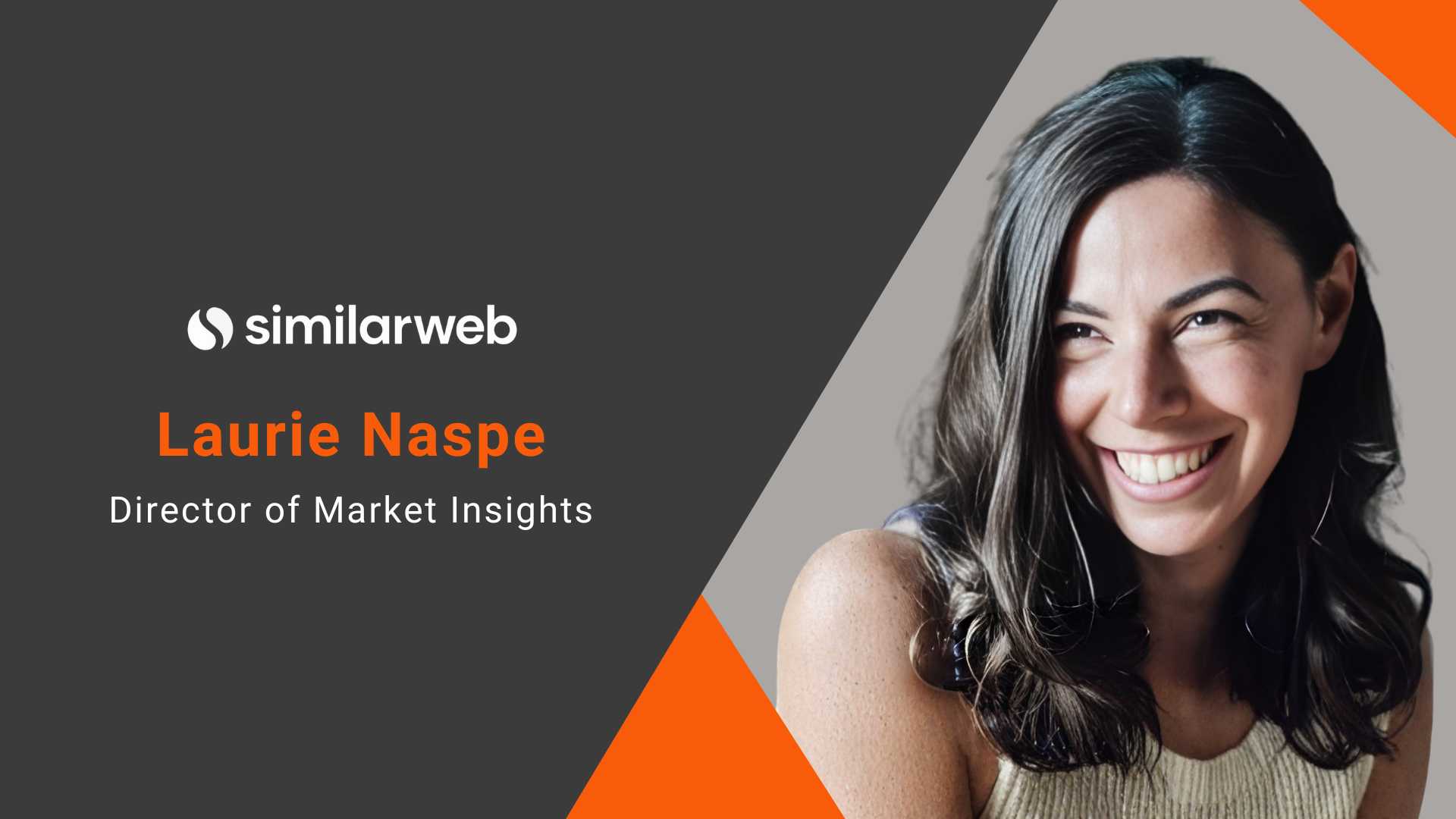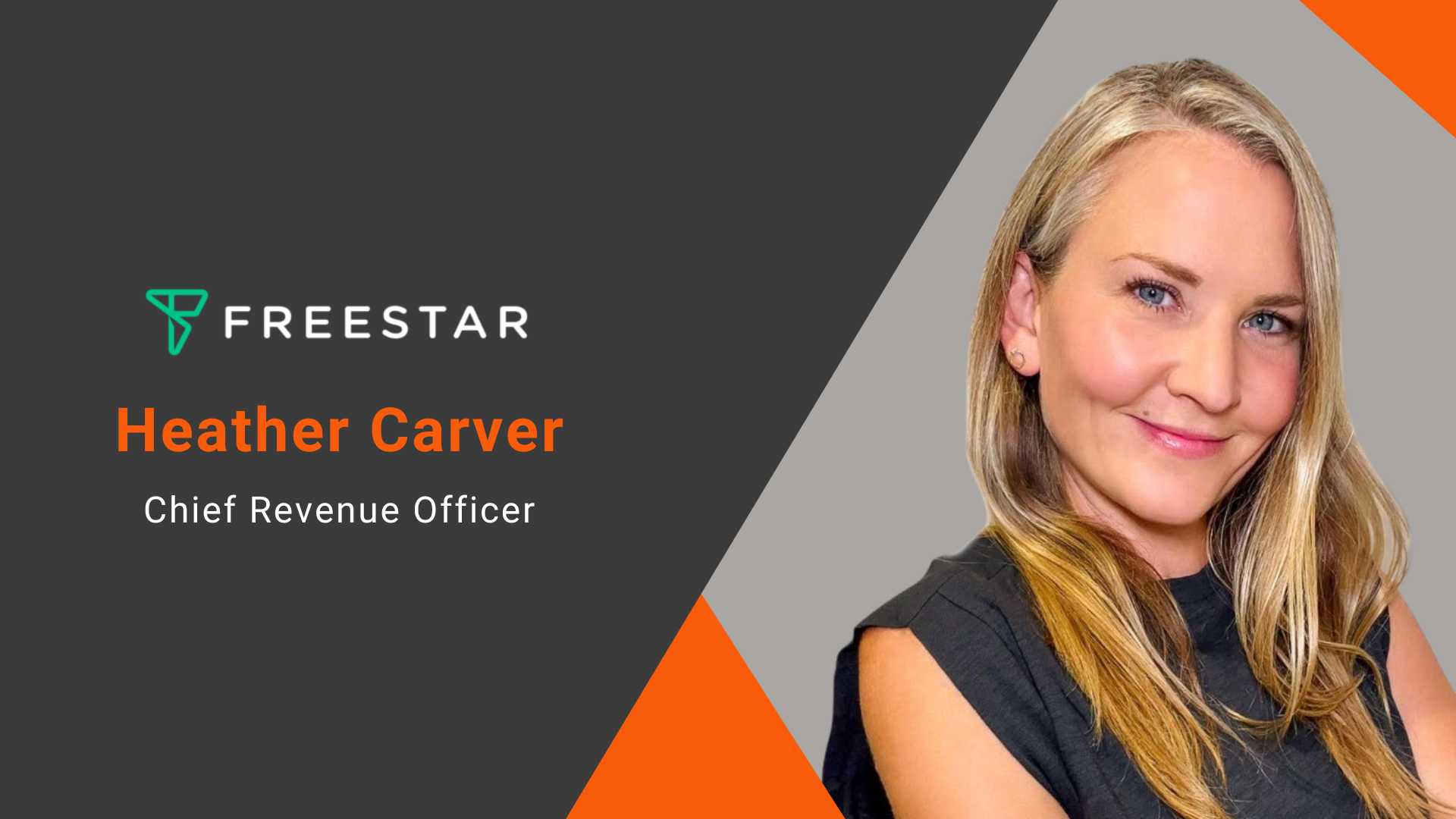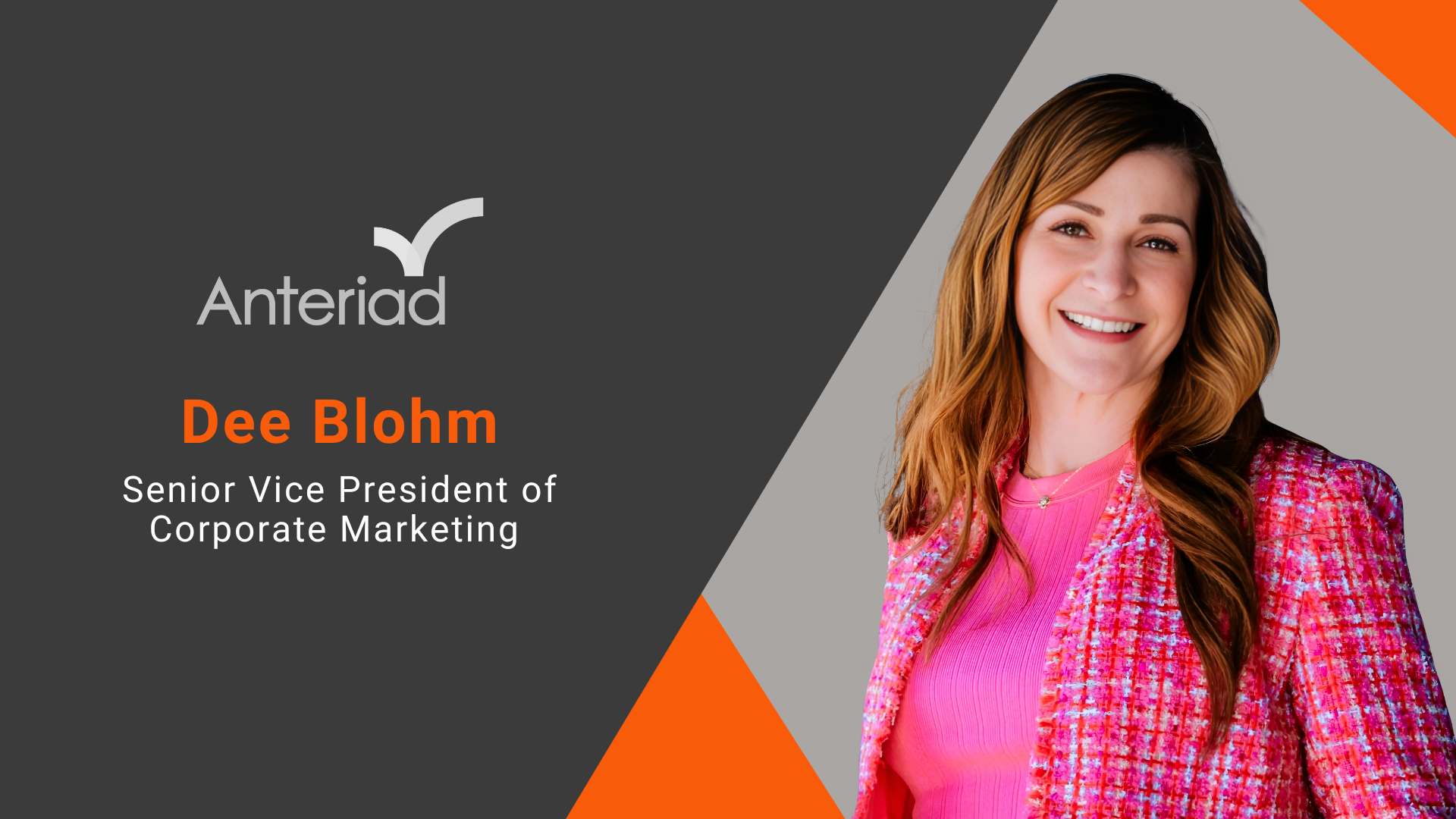
business
Future of Intelligent Automation | Nintex
business intelligence 3 Oct 2025
1. How do you define “intelligent automation,” and what sets it apart from traditional workflow automation in today’s enterprise context?
Intelligent automation is not just the next evolution of workflow automation — it's a steppingstone toward agentic business orchestration. That means blending AI, agents, low-code development, and dynamic business process orchestration into a system that doesn’t just automate tasks, but autonomously adapts, learns, and coordinates across the enterprise.
Where traditional automation is largely deterministic, intelligent automation is context aware. It can interpret signals in real time, prioritize based on urgency or behavior, and respond when business conditions change. But the real breakthrough comes when you shift from automating steps to orchestrating outcomes — across people, systems, and now, intelligent agents.
This is what we call agentic business orchestration: enabling work to move autonomously and intelligently across the enterprise with the help of agents within purpose-built solutions tailored to specific business logic and processes. It’s automation that is guided by human oversight but not constrained by it. To get there, organizations need a unified platform that brings together process mapping, business orchestration, and AI agents with the power of low-code tools in a single architecture.
2. What role does automation play in closing experience gaps across the customer journey from onboarding to support and retention?
Customer experience isn’t just about front-end touchpoints — it’s about how well the business moves behind the scenes. That’s where automation becomes essential.
By connecting siloed systems and orchestrating cross-functional processes, automation helps deliver consistency and responsiveness across the entire customer lifecycle. It accelerates onboarding by syncing data across platforms, supports dynamic case routing, and enables proactive service through contextual triggers.
When embedded across the value chain, automation becomes the foundation for agentic business orchestration. That means not just accelerating tasks but enabling intelligent agents and workflows to operate in harmony — adjusting, escalating, or resolving customer cases in real time. All of this can also be done autonomously to augment human performance and drive a non-linear increase in efficiency – even with humans still in the loop.
The result is a seamless, end-to-end experience that builds trust and loyalty.
3. What are the most common misconceptions organizations have when adopting automation to improve customer outcomes?
The biggest misconception is treating automation as a band-aid solution — something you add to a broken process and expect immediate transformation. In reality, automation must be part of a broader operational shift.
Organizations that succeed view automation as a strategy to drive business performance: first mapping processes, orchestrating and automating cross-functional workflows, and ultimately layering in AI to drive end-to-end orchestration through purpose-built solutions.
Another misconception is that automation tools can operate in isolation. Without integration, governance, and alignment, they create more friction than they solve. To drive real customer outcomes, automation must be part of a connected fabric — orchestrating across departments, systems, and now, AI agents — so the experience is cohesive, not fragmented.
4. Have you seen specific verticals (e.g., financial services, government, healthcare) realize faster returns with intelligent automation strategies?
Absolutely — financial services, public sector, and manufacturing organizations are seeing strong ROI, largely because of the complexity and compliance demands they face.
For example, financial services organizations, intelligent automation can accelerate loan origination by auto-extracting data from supporting documents, validating it against internal and external sources, and routing applications for approval — all while maintaining a complete audit trail. It can also streamline KYC/AML checks, regulatory reporting, and customer onboarding, cutting processing times from days to hours.
iQumulate Premium Funding leveraged Nintex Automation CE to document and reimagine 150+ processes, created smart forms to streamline communications with brokers, and automated internal quoting — saving 3,000+ hours of employee time.
Government agencies can use automation to manage benefits applications, licensing, and permits. By integrating data from multiple legacy systems and enabling real-time case tracking, agencies can reduce backlogs, improve citizen response times, and ensure compliance with transparency mandates.
Nintex worked with the County Court of Victoria to digitize its paper-based processes so that it could capture information electronically, as well as automate the routing of critical court documents.
For manufacturers, intelligent automation can coordinate supply chain workflows, from purchase order processing to quality inspections. Automated exception handling and compliance documentation help manufacturers maintain production schedules, reduce costly delays, and meet stringent regulatory standards in industries like aerospace and pharmaceuticals.
At Nintex, we helped CORE Molding Technologies automate workflows across the organization, including purchase order, chargeback application, and pricing approval processes.
These industries benefit when automation evolves into agentic orchestration. Instead of relying on static scripts, they can deploy responsive workflows and digital agents that learn from usage patterns, adjust to new policies, and reduce time-to-resolution — all while maintaining governance.
5. What KPIs should companies track to evaluate the success of automation-driven, customer-centric initiatives?
Beyond CSAT, the most meaningful KPIs reflect efficiency, speed, scale, and autonomy.
These include:
· Touchless resolution rate — the percentage of workflows or business process steps completed without manual intervention
· Time to resolution — how quickly business or customer-focused workflows are completed
· Human effort saved per workflow — the percentage of workflows that are automated
· Cost per transaction — measuring sustainable operational impact
More advanced teams also look at the volume and performance of agent-led tasks — a signal that they’re progressing toward true agentic orchestration.
6. What does the future of customer-centric automation look like, especially as AI and low-code/no-code platforms mature?
The future of customer-centric automation lies in systems that are not only intelligent but also adaptive and deeply embedded across the business. As agentic AI evolves and low-code/no-code platforms become easier to build with, organizations will shift from rigid, step-based processes to dynamic, context-aware workflows that can learn, adjust, and act in real time.
Rather than relying on disconnected point solutions, businesses will be empowered to build their own tailored applications — designed around their unique models, systems, and customers. This enables faster time-to-value, fewer dependencies on specialized development resources, and greater flexibility as needs evolve.
Importantly, this shift won’t just improve customer experiences — it will make organizations more efficient, more compliant, and more scalable in how they deliver value. By combining AI, automation, and applications in a unified platform, businesses will be able to proactively solve problems, reduce operational complexity, and build long-term customer trust.
Get in touch with our MarTech Experts.
Dr. Roy Ziegelstein on Trust, AI, and the Future of Evidence-Based Medicine
business 4 Sep 2025
1. What safeguards are in place to ensure that AI-generated insights maintain clinical accuracy, trust, and transparency for healthcare providers?
I don’t think the term “AI-generated insights’ is quite right, since the term “insight” implies a clear and deep understanding and perception that relies on human experience and discrimination. I would say that at DynaMed and Dyna AI, insight is provided by oversight… human oversight of content to ensure accuracy, readability, and engagement. Human oversight to ensure that AI-generated information is clinically relevant. Human oversight to make certain that it is the kind of information that clinicians want when caring for other human beings.
At Dyna AI, a clinical assessment team provides ongoing evaluation to assess the accuracy and quality of responses. Dyna AI responses additionally provide the opportunity for users to provide their feedback, much as Waze collects information from users to modify their content. Indeed, responses to more than 3,000 customer queries by our Dyna AI team to date have exceeded a 95% benchmark for quality.
If queries are not adequately covered by our evidence-based content corpus or have not undergone a full clinical quality evaluation, Dyna AI will not answer the query or will provide information directing users to an alternate resource. References used to generate Dyna AI responses are always fully provided and available with one-click access directly to the source material, mitigating the risk of lack of contextual understanding.
2. How do you plan to balance speed and rigor in content development, especially in high-stakes fields like infectious disease, oncology, or cardiology?
Speed and rigor in content development are both critical, and never more so than today. Information is of limited use unless it incorporates the most currently-available evidence, however at the same time trust is something that is non-negotiable given what’s at stake. At DynaMed and Dyna AI, speed is ensured by our proprietary systematic literature surveillance system that selects the best and most recent evidence for all medical specialties, including infectious diseases, oncology, and cardiology. Once selected, the evidence is critically and meticulously appraised and summarized by a team of clinically-active, academically-renowned expert healthcare professionals, and then entered into our content which is updated on a daily basis, ensuring both speed and trustworthiness. With editors who are intimately involved in national and international professional societies, who create and revise core clinical guidelines, and who lead clinical and bench research in their healthcare fields, we are able to ensure that clinicians are provided with trustworthy, accurate information on advances in diagnostic techniques, new drug and device approvals, clinical trial results, and evolving treatment guidelines.
I think it’s also important to note that for evidence-based information to be useful at the point of care, it must not only be current and accurate, but also concise, easily and quickly digestible, and free from conflicts of interest. DynaMed and Dyna AI ensure that the only vested interest writers and editors have is their interest in providing current, accurate, trustworthy information to clinicians at the point of care that is free of industry bias, even when unintentionally introduced. That is essential for trustworthiness.
3. You serve a diverse global audience. What steps are being taken to ensure cultural and regional relevance in clinical recommendations?
Car manufacturers must ensure global usability by designing and adapting cars for specific regions. For example, they may need to switch the steering wheel if a car is built for a country that drives on the left side of the road. However, it is the driver who must ensure that the car is driven in such a way that it is relevant to existing laws in that country, province, state or region.
Much is the same with DynaMed and Dyna AI. We ensure global usability by incorporating recommendations from national and international clinical practice guidelines and evidence from clinical research studies performed throughout the world, making certain that content is inclusive of all conditions whether seen in the U.S. or in other countries. However, Dyna AI clearly notes that responses “should not be solely relied upon for medical practice. Interpretation and application are subject to the judgment of a healthcare professional.” To put it another way, it is the healthcare professional who – like the driver – must ensure that the information is applied in such a way to the care of the patient that it is relevant to existing cultural and regional issues. Indeed, I would go even further and note that it is critical for healthcare professionals to apply the information we provide to the care of the unique needs of the individual patient before them regardless of country or setting.
4. How do you collaborate with medical societies, hospital systems, or academic institutions to co-develop trusted content?
DynaMed and Dyna AI work with a variety of partners to co-develop trusted content. One example of this is our relationship with the American College of Physicians (ACP). The ACP – which has 161,000 members (including me) – identifies experts from their membership who review our content and make suggestions for improvement. This ensures that our topics are accurate and clinically useful at the point of care. We also work with the ACP to have access to their guidelines as they are being readied for release so that we can have them incorporated into DynaMed as quickly as possible. We also have a relationship with the American Academy of Pediatrics (AAP). In order to provide the highest quality content for our users, we license content from the AAP to be included in DynaMed topics. Similarly, we work with the National Comprehensive Cancer Network (NCCN) to provide access to their chemotherapy regimens. We have excellent working relationships with academic institutions and hospital systems that allow us to partner with them on innovative work. An example of this is the collaboration we have done in having institutions be beta testers for Dyna AI. As Editor-in-Chief, I look forward to adding to and enhancing these relationships for the benefit of DynaMed and Dyna AI users and the patients they care for.
5. How will Roy Ziegelstein background in medical education at Johns Hopkins influence your approach to clinician engagement and continuous learning?
I have dedicated my professional life to educating learners at the bedside, in the classroom and lecture hall, in journal articles, and in medical textbooks. I appreciate the sacred obligation to provide accurate healthcare information, however I also understand the importance of making the process of obtaining that information engaging and interesting. If information is rigorous, accurate, and free from conflicts of interest, but does not engage the intended audience, it won’t be used. One thing I intend to focus on at DynaMed and Dyna AI is ensuring that our content not only accurate, current, and trustworthy, but also engaging and even enjoyable to use.
More than 50 years ago now, a group of investigators conducted a fascinating study published in the Journal of Medical Education in which an actor calling himself Dr. Myron L. Fox delivered an animated and entertaining lecture on a topic he knew nothing about to a sophisticated audience of health care professionals, educators, and graduate students… who gave the talk overwhelmingly positive evaluations. I know that sounds unbelievable so you should look for the YouTube video of the Dr. Fox lecture online. You’ll be amazed.
The point here is not that educators should teach on subjects they know nothing about. Indeed, a subsequent study found that while the so-called “Dr. Fox effect” engages an audience, it does not translate into actual learning. But to me, it’s important to also note the opposite: accurate, evidence-based, high-quality information provided in a manner that is not engaging will similarly not translate into actual learning… whether at the bedside, in the classroom or lecture hall, or when delivering evidence-based clinical decision support online at the point of care.
6. What metrics or outcomes will define success for editorial and technological leadership?
It is important to us that independent healthcare research agencies such as KLAS that evaluates the performance of healthcare technologies honored DynaMed as “Best in KLAS for Clinical Decision Support” in 2025 and in two of the three previous years. Of course, the continuous feedback from our customers is also critical to ensuring the success of DynaMed and Dyna AI and to making any needed editorial and technological changes to make our products the best in class for those who are on the front line providing care for patients.
But the bottom line is that I want DynaMed and Dyna AI to be #1 in the industry. That’s my goal, and if it weren’t my goal… and if I didn’t think it possible… and if I didn’t think it deserved to be… I wouldn’t have taken on this role.
Get in touch with our MarTech Experts.
Immersive Technology by Diversified Transforms Live Performance Venues
business 14 Aug 2025
Diversified has experience and expertise in so many areas, including Faith, Sports, Corporate and Media. But, until now, we never had a single focus on Performance Spaces. The technology and delivery aspects of Performance Spaces are very similar to Faith and Sports, and thus will leverage our rich history as we move into this new market. Diversified has a long history as an integrator, and integration is our primary focus, while integration is just a part of what other companies in the market do.
2. What key technology innovations are you prioritizing to meet the expectations of digital-native audiences and content platforms like YouTube and Netflix?
Everything is moving to immersive. We’ve seen the success of the Sphere and now Cosm and believe the future is venues where the show is around the audience -- with the audience in the middle of the experience and not just watching a show on a stage.
Customers expect next-level experiences for every dollar spent on entertainment. Gone are the days of just going to watch a show. The entire experience from the lobby to the food and beverage services to the show itself needs to be unique -- something you can’t experience at home, even in a great home theatre environment.
4. How are you structuring leadership and technical teams to maximize creative and operational impact in this new vertical?
Diversified is building a team to focus on this new vertical. I’m the director of live performance venues, but we plan on growing the business and adding team members along the way. The executive leadership team is fully invested in this new vertical and 100% backing the growth.
5. How do you plan to use your success in sports, faith, and media into bespoke solutions for theaters, live music venues, and performing arts centers?
Diversified’s expansion of its specialty offerings for live performance venues will be a tool to educate our clients and partners. We’ve completed massive projects in other areas, and there’s no reason why we can’t do the same for live performance venues.
6. What methodologies are you implementing to ensure audience-first design principles guide all stages of venue transformation, from concept through execution?
We’re focused on experience. The entire experience needs to be next level as venues compete for client spend and discretionary income. Along with our manufacturer partners, Diversified uses the latest technology to bring better experiences to venues.
Mediaflux Real-Time: Seamless Remote Video Collaboration
business 13 Aug 2025
1. What strategies are in place to enhance remote collaboration among production teams, ensuring seamless editing and content management across multiple locations?
Arcitecta’s Mediaflux Real-Time solution is explicitly designed to empower remote collaboration in production. It allows editors to edit anywhere, meaning they are no longer tethered to event locations and can access live, growing media files from any site. This capability enables real-time collaborative editing across multiple locations, so that a video editor in one city can start cutting a highlight reel while another team member elsewhere continues capturing footage. Mediaflux facilitates seamless media management behind the scenes, so all collaborators see the latest content virtually instantly, with playback possible in real-time across sites. In practice, teams can review and edit content as it’s being recorded or rendered, eliminating the lag that traditionally hampered remote work. By providing a unified data environment and high-speed file sharing, Mediaflux optimizes remote workflows and ensures that distributed production teams remain synchronized and productive.
2. What measures are being taken to eliminate workflow bottlenecks, particularly in live sports and broadcast environments where speed is critical?
Live sports and broadcast productions are extremely time-sensitive, and Arcitecta addresses this by eliminating common workflow bottlenecks that slow down content delivery. Traditionally, editors had to pull footage from a single on-site location, causing delays in fast-paced environments. Mediaflux Real-Time removes these chokepoints by enabling continuous access to footage even as it’s being recorded, effectively allowing editing to happen in parallel with capture. The platform supports real-time editing and removes single-location-based workflow bottlenecks, so teams are not waiting for files to finish recording or copying before work can begin. One key innovation is using one data stream to serve multiple sites: Mediaflux sends the live feed once and lets multiple editors at different locations tap in, eliminating the need to buy and configure dedicated streams or connections to each editing location. This not only accelerates turnaround (remote editors can start cutting highlights almost instantly as the action unfolds) but also reduces infrastructure complexity and cost. In essence, Arcitecta’s approach lets global production crews work simultaneously and in real time, drastically cutting post-production times and ensuring content is delivered to air or online as fast as possible.
3. How are you ensuring data security and compliance in your production workflows, especially when dealing with live, growing video files?
Handling live and continuously growing video files presents security and compliance challenges, and Mediaflux incorporates robust practices to protect content. Built-in encryption and granular access controls safeguard sensitive media assets, preventing unauthorized access or data leaks even as files are being actively recorded and transferred. By enforcing role-based permissions and secure authentication, Mediaflux ensures that only authorized personnel can access or modify footage, an important compliance measure for media organizations dealing with embargoed content or exclusive rights. Arcitecta explicitly acknowledges the need to mitigate security risks and compliance issues that arise with distributed file access, and addresses this by protecting sensitive files with encryption and access controls even while optimizing storage and transfer efficiency.In addition, the Mediaflux Livewire transfer module moves data at high speed securely, meaning large live video files are transmitted over networks with encryption in transit and without exposing content to eavesdropping. These measures ensure that live production workflows remain not only fast but also safe and compliant with industry regulations and content protection policies.
4. How is your organization preparing for potential shifts in production demands that may further influence the balance between on-site and remote production workflows?
Arcitecta has strategically built Mediaflux to be location-agnostic, preparing organizations for shifts between on-premises and remote production demands. As the industry gravitates toward hybrid workflows (combining on-site studio work with remote contributors), Arcitecta ensures that the underlying data access is seamless regardless of where the work happens. In fact, it shouldn’t matter where these data workflows occur – the solution is to deliver data where it’s needed at the right time on a global distributed edge that remains simple and high-performance. Mediaflux effectively creates a single global namespace for content, allowing team members in the studio and those working remotely to all see and interact with the same files in real time. This means whether production shifts more toward on-site operations or pivots back to remote editing, the workflow doesn’t need to be re-architected; Mediaflux will deliver consistent, near-instant access to media assets for all users. Arcitecta also offers features like edge caching (through its Mediaflux Edge component) and multi-site synchronization to maintain low-latency access in any geography. By investing in these hybrid-cloud and multi-site capabilities, Arcitecta is future-proofing production workflows against location-based disruptions. Mediaflux Real-Time is setting a new standard for speed, efficiency, and collaboration as hybrid and remote production environments continue to evolve. In short, Arcitecta is actively enabling location-independent workflows so that organizations can fluidly adjust the on-site vs. remote balance without losing productivity or increasing complexity.
5. What role do partnerships with technology providers play in your roadmap to scale targeted, measurable production capabilities?
Partnerships with major technology providers play a significant role in Arcitecta’s roadmap, allowing it to scale and extend Mediaflux’s capabilities in targeted ways. A prime example is Arcitecta’s collaboration with Dell Technologies. By combining Arcitecta’s Mediaflux Real-Time software with Dell’s high-performance storage (PowerScale NAS and ECS object storage), the company delivers a robust, end-to-end solution optimized for media workflows. This partnership means that Mediaflux can be deployed on reliable, industry-grade hardware and take advantage of Dell’s infrastructure for better throughput, storage scalability, and data durability. The value of such a collaboration is highlighted in a Dell data sheet, which notes that Arcitecta’s pioneering metadata and data orchestration tools, coupled with Dell’s powerful, industry-trusted infrastructure, enable a global distributed edge that stays simple and performant for complex workflows. In practical terms, these alliances help Arcitecta scale targeted production capabilities – for instance, speeding up multi-site content delivery by tightly integrating with networked storage systems, or improving real-time editing performance via optimized hardware-software coordination. Arcitecta showcases these joint solutions at industry events (e.g. demonstrating Mediaflux Real-Time with Dell at NAB 2025) to emphasize measurable improvements like faster content turnaround and lower latency across distances. Beyond Dell, Arcitecta’s platform is designed to be vendor-agnostic and works with virtually all data storage and infrastructure solutions and protocols, making it flexible for integration with other technology providers as well. This openness enables partnerships with cloud providers, archival systems, and other specialists – all contributing to a richer ecosystem. By collaborating with tech partners, Arcitecta can focus on its software strengths (metadata management, data orchestration, etc.) while relying on partners for complementary strengths, thus scaling up the overall solution. The result is a more powerful, versatile Mediaflux offering that delivers quantifiable benefits (e.g. reduced transfer times, higher throughput, greater storage efficiency) to production teams.
6. What long-term strategies are in place to ensure sustained growth in a market where real-time content access and hybrid production capabilities are important?
To ensure sustained growth and stay ahead of evolving production needs, Arcitecta is pursuing long-term strategies centered on real-time content access and enhanced hybrid production capabilities. Fundamentally, Arcitecta positions Mediaflux as powering the future of live production. This vision means continually innovating so that media teams can work with content immediately as it’s created. For example, the ability to support continuous file expansion (handling files that are still growing) and to let editors start working even while files are still being created is a forward-looking feature that gives Arcitecta an edge in live production workflows. As content demands increase (more feeds, higher resolutions, more remote contributors), Arcitecta’s roadmap focuses on scalability and performance at extreme levels. The Mediaflux platform is built on a high-performance metadata database and a unified data fabric that can scale to billions of files and petabytes of data, ensuring that as clients’ libraries and workload sizes grow, the system can handle it without degradation. Arcitecta also integrates AI-driven indexing and automation into Mediaflux (for instance, using AI to index metadata for fast search and to trigger workflow automation) to help organizations manage the deluge of content efficiently. Emphasizing a hybrid cloud approach is another pillar of the long-term strategy: Mediaflux seamlessly spans on-premises and cloud environments (and even tape archives via partners), which gives organizations flexibility to adapt their storage and compute mix over time without changing their workflow tooling. In addition, Arcitecta is fostering an ecosystem of interoperability and open APIs so that Mediaflux can serve as a central hub in any production pipeline, protecting customers’ investments as technology evolves. By focusing on these areas – real-time access, global collaboration, intelligent data management, and partnership-driven integration – Arcitecta aims to future-proof media workflows. The company’s recent recognition (such as industry awards at NAB 2025) and positive early adopter feedback calling the Real-Time solution a game-changer indicate that Arcitecta’s strategic direction is positioned for sustained momentum. Moving forward, Arcitecta is committed to continuously accelerating media workflows and enabling true location-independent, real-time production to meet the growing demand for instant, anywhere content creation.
Get in touch with our MarTech Experts.
Mission-Driven Marketing with Purpose and Results
business intelligence 5 Aug 2025
At Merlot Marketing, our philosophy centers on mission-driven storytelling that shows how a brand’s purpose directly benefits the people it serves. With organizations like CAHP Credit Union, they have such an amazing purpose, that the story almost tells itself. Our job is to articulate their purpose by understanding the unique needs of their members and grounding everything in authenticity. It’s about more than promoting services; it’s about honoring the values behind them. When the story reflects the heart of the mission and speaks to the people it serves, it inspires trust, loyalty and long-term growth.
2. How will you tailor creative and messaging to resonate with the Credit Union’s unique member base—California peace officers and their families?
We focus on reflecting the experiences and shared values of peace officers and their families. We want to honor their service by speaking their language and communicating with sincerity and respect. Our approach combines emotional connection with practical clarity and language that not only illustrates why the Credit Union matters, but also when offices are open and what services are available. It’s about meeting members where they are and delivering messages that feel both personal and purposeful.
3. How does your agency structure collaboration between strategy, creative, and account management teams?
At Merlot Marketing, collaboration is built into our DNA. An agency is only as good as the collaboration with its clients. There must be alignment in both organizations’ mission, values and purpose. Our job is to articulate and tell their story in a way that resonates with their customers. We’re intentionally cross-functional and collaborative, not siloed by department. We do this purposefully, so strategy, creative and account management are aligned from day one. Ideas flow freely, feedback is shared in real time, and everyone is focused on the same goal: delivering smart, impactful work that drives results. It’s a true team effort, which includes the client, every step of the way.
4. How do you ensure campaigns deliver measurable ROI while also fulfilling emotional storytelling goals?
We start by aligning on clear KPIs that reflect the client’s goals. Whether it’s member growth, engagement or awareness, we set clear KPIs and then use meaningful storytelling to drive connection and action. The right story captures hearts, great service captures minds and together they fuel measurable results. When strategy and creativity work together, performance and success naturally follow.
5. What leadership lessons have shaped your approach to running an agency with purpose?
I’ve learned that purpose starts with people. We have an amazing team and leading with an intentional culture empowers teams to do great work with heart and hustle. Our “why” is simple: to produce great work, with great people, for great clients. And our mission keeps us grounded: to deliver passion, creativity and results to every client with whom we’re privileged to work. When your team believes in the work and feels supported, purpose isn’t just a message, it’s a mindset that produces winning results!
6. Looking ahead, what opportunities do you foresee in public-sector or cause-driven marketing?
There’s an amazing opportunity to humanize public-sector brands. Often, they are cold and calculated with their messaging and we have an opportunity to bring clarity, empathy and purpose to the forefront. Through thoughtful, mission-aligned campaigns, we can build trust, deepen connection and make these organizations more relatable to the people they serve. What’s awesome is that the people who run these organizations actually do care. That’s the importance of marketing. Ensuring that their customers or clients understand that they are providing more than just a service, but rather a connection that goes far deeper than any transaction. It’s not just about branding or visibility; it’s about creating meaningful engagement that connects authentically with their audience.
Jon Martel on Stagedge at 50: Innovation, Sustainability, and the Future of Experiential Events
business intelligence 17 Jul 2025
2. With employee retention cited as a strength, what organizational practices have proven most effective in retaining creative and technical talent in the events industry?
3. What long-term strategies are being developed to ensure your company's growth remains aligned with both environmental responsibility and digital scalability?
The push for sustainability and digital scalability touches every aspect of corporate life with companies demonstrating their commitment throughout all layers of their business. And the events industry is no different. Stagedge strives to support our clients’ corporate social responsibility and sustainability initiatives holistically and integrate them throughout our work. We hold a Silver rating from EcoVadis and have joined the Science Based Targets initiative. With decades of low-carbon experience, we can align your event with our sustainability values ensuring that they are not just impactful, but also eco-friendly.
5. In what ways do you balance honoring historical legacy with the imperative to continuously innovate and stay ahead in a rapidly changing industry?
6. As you look ahead, how changing market dynamics will shape the next chapter of growth for your organization and the event production industry?
Small Business Happiness in 2025: Erin Shea of VistaPrint on Freedom, Fulfillment & the Future
business intelligence 16 Jul 2025
1. Given that independence and passion are more valued than income predictability, how should organizations rethink their support models for small businesses?
We often hear about the importance of financial stability and access to capital. Those factors, no doubt, contribute to a small business's success, but new research from VistaPrint reveals that small business owners (SBOs) are influenced by so much more. According to findings, internal factors - think independence, passion and community - drive SBO happiness today. SBOs rank “freedom to set my own schedule” (42%), “doing something I love or am passionate about” (41%) and “interacting with people, customers or society” (30%) as the top 3 things they enjoy most about being an entrepreneur. Not to mention, over half of SBOs are “much” or “somewhat” happier now compared to when they first opened their business. These takeaways recognize the vitality of America’s entrepreneurial spirit and power of looking inward, especially when times are tough.
From VistaPrint’s perspective, it’s important to advocate for that mindset with products, services and resources that support SBO’s journey at any stage. When you enable that freedom, you fuel fulfillment.
2. What role do you believe corporate partners or service providers should play in fostering long-term emotional and operational well-being for small business owners?
SBOs aren’t just looking for tools. They’re looking for partners, especially when the stakes are personal. The best partners help SBOs feel more capable and in control, not more burdened. For example, offering great products, assisting with real-time customer support, and providing thoughtful resources for the moments in between. In VistaPrint’s case, this means helping SBOs design and print marketing materials that stand out and resonate with customers, from logo design and packaging to promotional items.
Long-term well-being starts with trust. That trust is earned when partners show up consistently and understand the needs of the SBO – something VistaPrint has worked hard to achieve over the past 25 years.
3. With larger small businesses (51–100 employees) reporting higher satisfaction, how can micro-businesses (1–10 employees) be better supported to bridge the gap in satisfaction?
It’s important to note that SBOs of all sizes report high levels of happiness. We think that reflects the pride millions of entrepreneurs take in shaping their own future. That said, satisfaction at scale might come from capacity – having enough help, time, and margin to focus on what matters. For micro-businesses, the pressure to wear all the hats can be a strain, especially when they’re just starting out.Prioritization and time management are crucial at this stage. Align your to-do list to your strengths and don't be afraid to seek out tools or resources that can extend capacity whether it’s automating repeatable tasks, outsourcing selectively, or tapping into peer networks for shared knowledge and support. By building these practices early, even the smallest teams can unlock more joy and long-term satisfaction.
4. What trends do you foresee in generational leadership within small businesses, and how might these affect long-term innovation and operational models?
Gen Z SBOs are redefining what leadership looks like. Their approach to entrepreneurship is deeply values-driven, tech-forward, and adaptive by design. According to our findings, they’re also the happiest generation, with 54% of Gen Z SBOs saying they’re currently “very happy”—higher than any other age group. This sets a strong foundation for future-facing businesses. As Gen Zers get more comfortable with business ownership, it’s possible we’ll see flatter hierarchies, increased transparency, and businesses that prioritize flexibility and experimentation. These shifts could spur more resilient models – ones that are not only innovative but also emotionally intelligent.
5. What strategic opportunities exist for organizations to support SBOs in technology adoption while preserving the interpersonal dynamics they value most?
Organizations have a unique opportunity to position themselves as both enablers and protectors of the human connections SBOs care most about. VistaPrint’s research shows us that SBOs, today, prefer using AI primarily for routine or repetitive tasks. For example, 39% of SBOs said they prefer AI for audience targeting and design/content creation. These are areas where speed and efficiency often come into play. But when it comes to strategy and storytelling, the human element still matters deeply. Nearly half (48%) of SBOs say they prefer a human touch for strategy and planning and 43% still lean on people for campaign execution. That creates a clear opportunity: preserve the human touch in the moments that define a brand. The most valuable tools will be those that free up time—without stripping away the connection that makes small businesses special.
6. What changes do you believe are necessary to sustain and amplify the positive sentiment seen among SBOs?
Devon Bradley Roof on Scaling with Intention: Inside Epic Blue’s People-First Marketing Approach
business intelligence 15 Jul 2025
Get in touch with our MarTech Experts.
Page 1 of 2
Most Recent
How AI Is Transforming Martech – Jigar Agrawal from eSparkBiz
Interview Of : Jigar Agarwal
Transforming Marketing into a Growth Engine
Interview Of : Alexandra B. Mazzi
AI Search Optimization Can't Wait: Why Marketers Must Adapt Now
Interview Of : Laurie Naspe
The Rise of Agentic AI: How MetadataONE Is Transforming the Entire GTM Workflow
Interview Of : Lisa Sharapata
How Freestar and Audigent are Powering Future-Proof Publisher Demand
Interview Of : Heather Carver
BDR-as-a-Service: Driving Global B2B Sales Success
Interview Of : Dee Blohm
